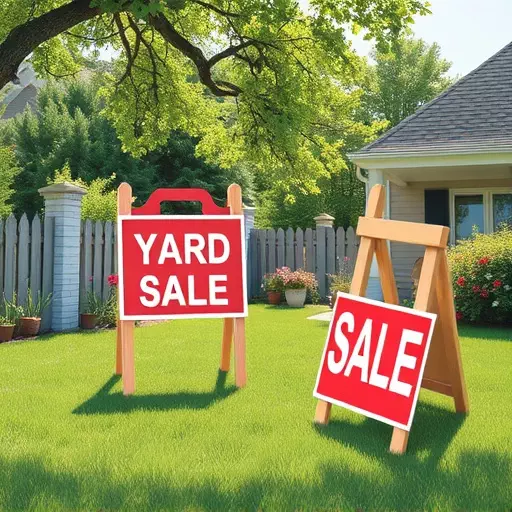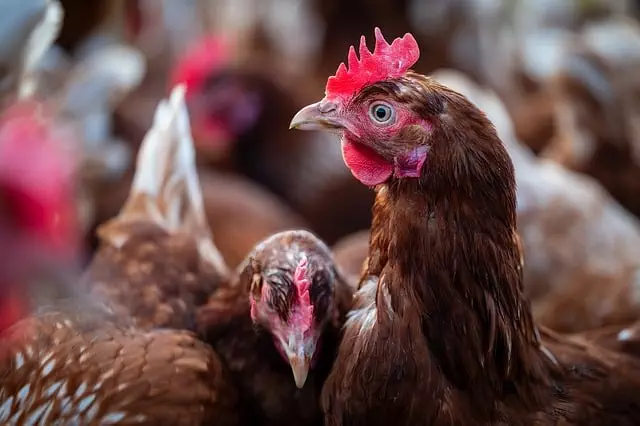Understanding the difference between compostable food scraps and yard waste is key to effective composting and recycling practices. Yard waste, like grass clippings and leaves, should be recycled rather than sent to landfills as it contributes to greenhouse gas emissions. Simple steps include separate collection of green waste and proper composting techniques. Composting at home reduces landfill waste, cuts down on methane emissions, and creates nutrient-rich soil amendments. Educational programs play a vital role in promoting sustainable practices, raising awareness about recycling, and minimizing the environmental impact of yard waste removal and recycling. Individuals can make an easy start by segregating recyclables from regular trash and setting up a compost bin for food scraps.
Composting and recycling education empowers individuals to significantly reduce their environmental impact. In this comprehensive guide, we explore effective yard waste removal and recycling practices. Learn how composting at home not only minimizes landfill contributions but also enriches soil health. We provide a step-by-step recycling process, debunk common misconceptions, and highlight community educational programs. Additionally, discover practical tips for getting started, making sustainable living accessible to all. Adopt these practices to contribute to a greener future by effectively managing yard waste and promoting responsible recycling.
- Understanding Yard Waste and Its Impact
- Benefits of Composting at Home
- The Recycling Process: A Step-by-Step Guide
- Common Misconceptions About Recycling Debunked
- Educational Programs for Communities
- How to Get Started: Tips for Effective Participation
Understanding Yard Waste and Its Impact

Understanding yard waste and its impact is a crucial step in promoting effective composting and recycling practices. Many people mistakenly consider all organic material as compostable, but it’s essential to differentiate between food scraps suitable for composting and yard waste that requires proper disposal. Yard waste, including grass clippings, leaves, and hedge trimmings, contributes significantly to environmental pollution when not managed responsibly. Traditional methods of yard waste removal often involve sending these materials to landfills, leading to the release of greenhouse gases like methane.
Educating communities about the benefits of recycling yard waste can significantly reduce their carbon footprint. Composting yard debris at home or utilizing local composting programs diverts these materials from landfills, providing valuable nutrients back into the soil. By integrating simple practices such as collecting green waste in separate bins and following proper composting techniques, individuals can contribute to a more sustainable and environmentally friendly approach to yard waste removal and recycling.
Benefits of Composting at Home

Composting at home offers numerous advantages for both individual households and the environment as a whole. One of its key benefits is the reduction of yard waste sent to landfills or incinerators, thereby decreasing greenhouse gas emissions associated with decomposition. By composting organic materials like food scraps, garden residues, and paper products, homeowners can significantly cut down on their environmental footprint.
Moreover, composting provides an efficient solution for nutrient-rich soil amendment. This natural process converts kitchen and yard waste into a valuable resource that enhances soil structure, promotes plant growth, and reduces the need for synthetic fertilizers. It’s a sustainable practice that not only minimizes waste but also encourages a more circular economy, fostering a healthier and more vibrant environment in the community.
The Recycling Process: A Step-by-Step Guide

The recycling process starts with proper segregation of materials, ensuring that different types of waste are separated for processing. This involves setting aside recyclables like paper, glass, metal, and plastic from general trash. Many communities offer curb-side collection services, making it convenient for residents to participate in yard waste removal and recycling.
Once collected, these materials are transported to a recycling facility where they undergo specific treatments. Paper is sorted, cleaned, and turned into new paper products. Glass is crushed and remelted to create new glass items. Metals are processed to remove contaminants, after which they are melted and molded into new shapes. Plastics require more intricate sorting due to their diverse types and resins; clean plastic bottles, containers, and bags can then be recycled into new goods like clothing fibers or car parts.
Common Misconceptions About Recycling Debunked

Many people have misconceptions about recycling, which often hinder effective yard waste removal and recycling practices. One common myth is that recycling is always better for the environment than composting. While recycling reduces landfill waste, composting diverts organic materials from landfills, where they produce methane—a potent greenhouse gas. In many cases, composting yields a nutrient-rich soil amendment that can improve garden health.
Another misconception is that all recycled materials are given new lives. The reality is that recycling processes vary in efficiency; some materials, like paper and glass, retain their value through multiple cycles, while others, such as plastics, often lose quality each time they’re recycled. Additionally, not all recyclables can be processed locally, leading to additional environmental costs associated with transportation. Educating people about these facts empowers them to make more informed choices in yard waste management and recycling efforts.
Educational Programs for Communities

Educational programs play a vital role in empowering communities to embrace sustainable practices, particularly when it comes to managing yard waste removal and recycling. These initiatives can take various forms, such as workshops, community events, or interactive online modules, aimed at raising awareness about the environmental benefits of composting and recycling. For instance, local governments or environmental organizations may offer hands-on demonstrations on proper food scraps and garden waste composting techniques, teaching residents how to reduce their organic waste footprint.
Through these programs, communities learn about the circular economy, where waste is minimized, resources are conserved, and natural cycles are respected. By understanding the impact of their actions, individuals become more engaged in sustainable practices, encouraging them to separate recyclables, compost at home, or participate in local recycling initiatives. Such educational efforts contribute to building a culture of environmental stewardship, fostering a healthier planet for future generations.
How to Get Started: Tips for Effective Participation

Getting started with composting and recycling is easier than you think. The first step is to assess your current practices and identify areas for improvement. Start by separating your recyclable materials, like paper, glass, and plastic, from your regular trash. Many communities offer curb-side pickup for these items, making it convenient to participate.
For composting, consider setting up a bin in your yard or using compostable bags for food scraps. Educate yourself on what can be composted—fruit peels, coffee grounds, yard waste—and how to maintain a balanced compost pile. With a little research and adjustment, you’ll be diverting significant amounts of material from landfills, contributing to more sustainable practices in your home and community, and reducing your environmental impact through proper yard waste removal and recycling.
Composting and recycling are powerful tools for managing yard waste, reducing environmental impact, and fostering sustainable communities. By understanding the benefits and proper practices outlined in this article, individuals can make informed choices that contribute to a greener world. Through educational programs and simple at-home tips, everyone has the potential to become an eco-warrior, ensuring a healthier planet for future generations while efficiently managing yard waste removal and recycling.


